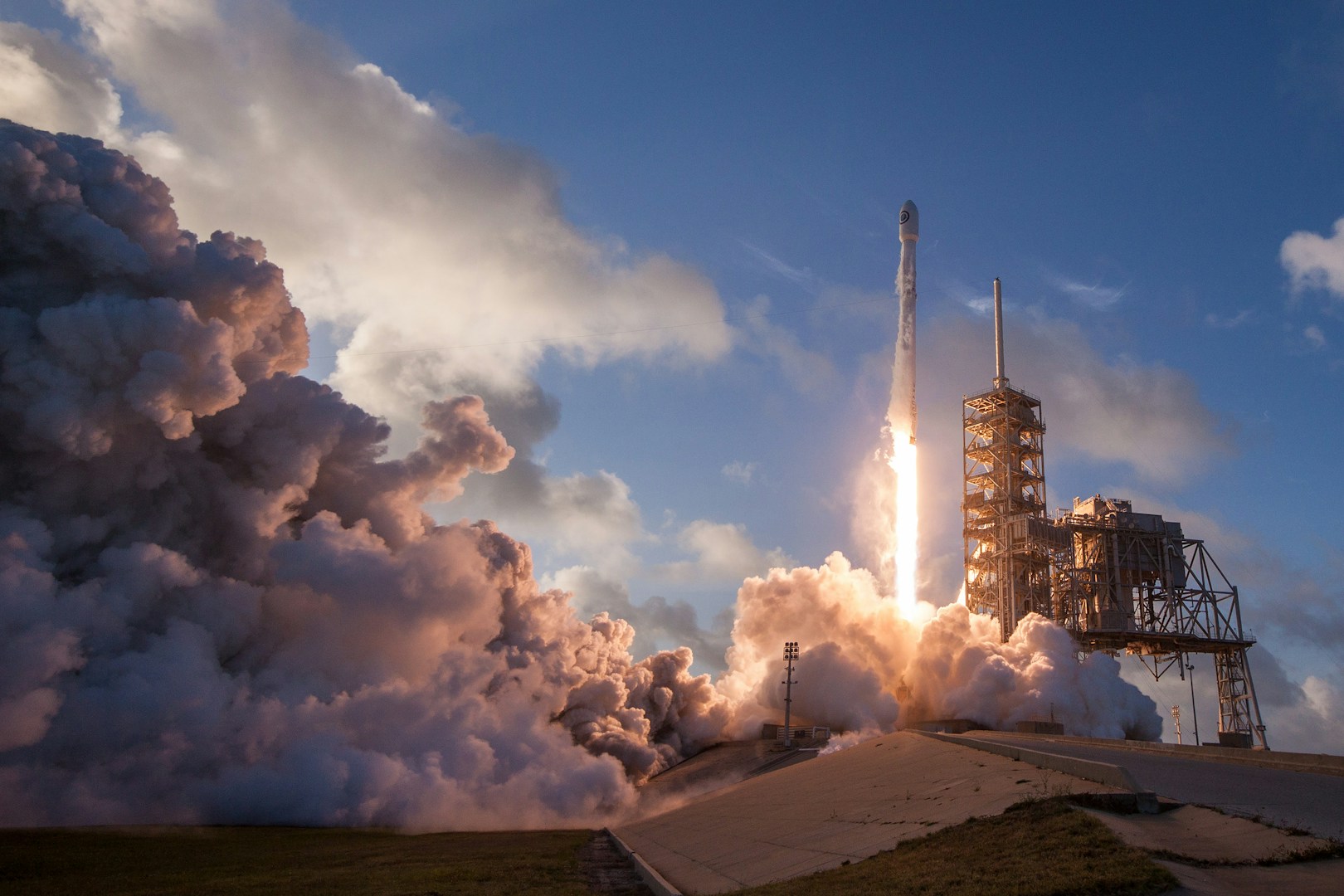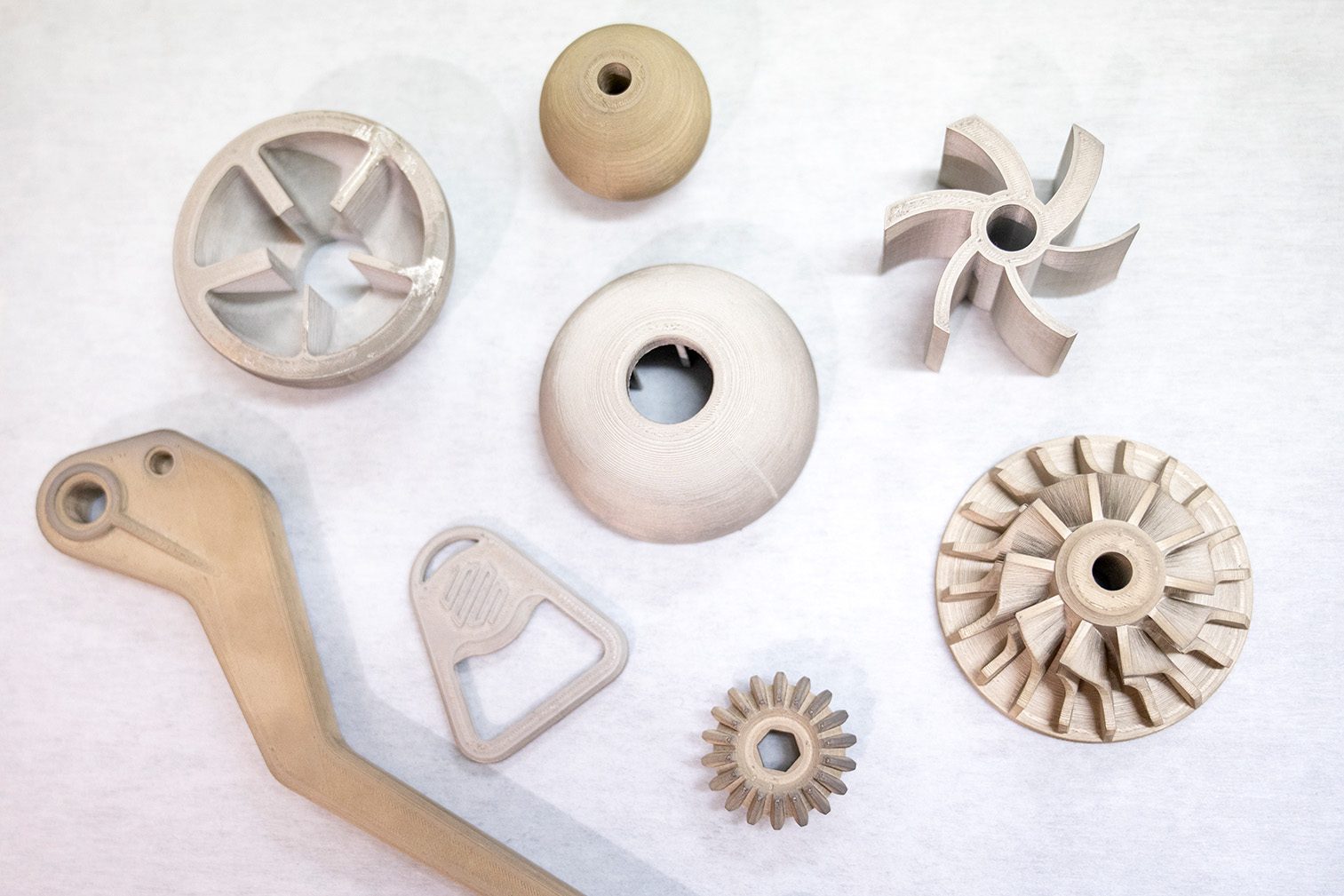introduction
3D Printing is the name of the process of creating three-dimensional objects from a digital file. Additive manufacturing is the alternative
name for 3D Printing.
We create a 3D printed object using an additive process that entails laying down successive layers until the prototype is manufactured.
Each layer is a sliced cross-section of the object cut thin..
3D Printing is the process that enables you to produce complex shapes while using less material than traditional manufacturing methods at a fraction of the cost.
discover

Do You Need Help your 3D Design?
We can help you design your prototype from a rough sketch design. Or you can design the prototype yourself, and Examples of 3D Design Software to test the application of your concept.
3D PRINTING & It'S

The acceptance of 3D Printing has been massive, and we see new industries integrate additive manufacturing somewhere in their supply chain as part of the norm. 3D Printing was only suitable for prototyping and one-off manufacturing in the early stages, however, now rapidly transforming into the manufacturing of the future.
People are discovering that 3D printing can take them to new heights all throughout the world. Discover 3D printing with Retrocast 3D, as we go above and beyond to show the value of additive manufacturing.
The majority of the current demand for 3D Printing is industrial—acumen. Research and Consulting forecast the global 3D printing market to reach $41 billion by 2026.
As it evolves, 3D printing technology will transform almost every primary industry and change the future landscaping of manufacturing.
INNOVATION

Maintaining an inventory of spare parts is one of the most expensive aspects of being a car manufacturer. Model created needs spare parts to last at least ten years – the average lifespan of a modern car – and storing these parts costs a lot of money for car manufacturers all over the world. One option is to replace large parts warehouses with a room full of 3D printers and a database of 3D part models. Instead of needing to ship parts from overseas if local stocks are depleted, parts could be printed on demand and delivered the same day (or next day). Instead of keeping specific parts in store, the automaker would just need to have the raw ingredients needed to build them.
Scans of a patient's anatomy can be utilised to make very exact implants or guidelines to aid in reconstructive surgery thanks to 3D technology.
We Manufacture Onsite - Talk to Retrocast 3D Printing, about your project today. Call us on 07 3348 5057
Both sorts of gadgets can be manufactured with unrivalled accuracy and quality. The benefits of highly accurate, unique structures aren't the only ones. 3D printed titanium implants, for example, can be porous or have specific internal geometries utilising selective laser sintering (SLS). This improves osseointegration, which means the bone develops and bonds to the titanium throughout the implant, making it more stable and functional. This is a significant benefit, as it significantly reduces the failure rate of such implants. Porous surface coatings and other ineffective approaches are used in traditional designs.

Identify the opportunities to enhance your product quality, improve productivity and increase profitability through new technology.
Learn More


Broaden your business horizons through identifying how the transformative power of 3D Printing can support you.
Learn More
source